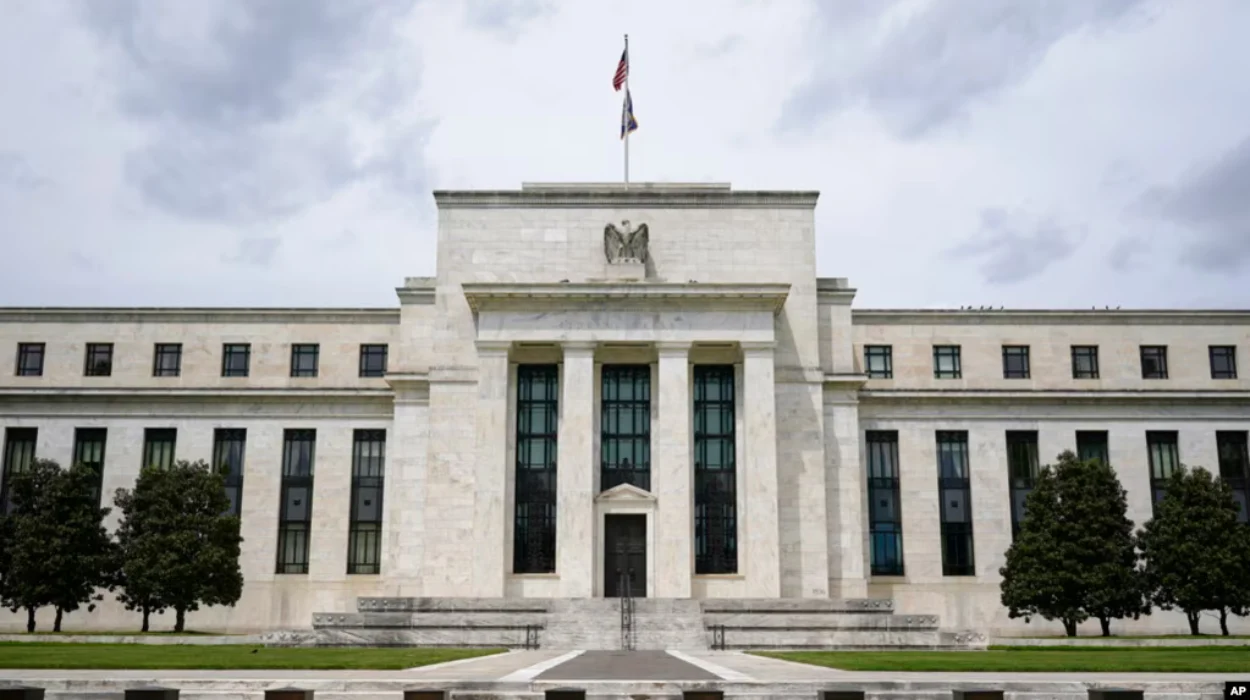USA (Transatlantic Today) – The Federal Reserve Chairman Jerome Powell, who prioritized combating unemployment during the COVID-19 pandemic, is now facing a critical test of his commitment as a result of the growing jobless rate. The focus is now on prospective rate reduction since the Fed’s main interest rate is still at its highest point in 25 years. The Fed is expected to announce its first rate cut at its approaching meeting on 17 and 18 September. Powell is likely to provide insight into the policy change during a speech at the Kansas City Fed’s annual conference in Jackson Hole, Wyoming.
Although there are signs that inflation is under control, the economy may still be significantly impacted by the extended period of high interest rates, which would make it more difficult to accomplish a “soft landing”—a scenario in which inflation is controlled without significant job losses. Former Chicago Fed President Charles Evans issues a warning, pointing out that the Fed may be forced to aggressively lower rates to combat growing unemployment, which has historically been followed by further hikes. Maintaining this fine balance between employment and inflation is the difficult part.
Pandemic-Era Policy Revisited: Lessons from 2020
According to VOA, Powell introduced a new policy approach in 2020, emphasizing that low unemployment could be sustained without triggering inflation. This marked a shift from traditional monetary policy, which often viewed low unemployment as a precursor to rising prices. The Fed’s strategy aimed to support marginalized workers and optimize overall economic outcomes. However, the pandemic-driven inflation surge and subsequent recovery have prompted renewed scrutiny of this approach, with ongoing research into its effectiveness and potential adjustments.
Policy Implications: Evaluating Future Trade-offs
The upcoming Jackson Hole conference will focus on how monetary policy influences the economy, a theme that will guide future decisions on interest rates and employment. Fed researchers are already exploring whether treating employment shortfalls differently from tight labor markets truly benefits the economy. As public inflation expectations played a significant role in the Fed’s aggressive rate hikes in 2022, the central bank’s ability to manage these expectations remains crucial.
Rising Unemployment
With inflation nearing the Fed’s 2% target, Powell now faces pressure from the opposite direction as unemployment climbs to 4.3%, slightly above the level considered full employment by Fed officials. This increase, coupled with the ongoing debate about its implications for the labor market, suggests that the employment “shortfall” Powell promised to address four years ago may already be emerging. As the Fed navigates this complex landscape, the risk of over-tightening monetary policy could threaten employment stability, highlighting the need for careful decision-making in the months ahead.


























